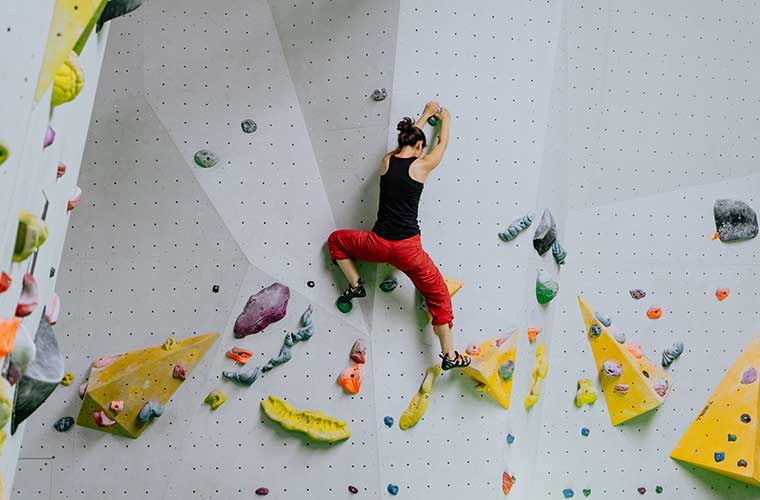Why you should include strength training in your climbing training routine

In climbing, there is an old saying that "climbing is the best training for climbing", a saying used by many to make excuses for not training outside of climbing. Personally I disagree with this philosophy, and I will now explain myself.
When it comes to the exact skills needed for climbing, climbing techniques, how and when to move on the wall and mental skills, there is no substitute for the activity of climbing. However, for developing sport-specific strength levels for climbing, such as improving grip strength and upper body strength and endurance climbingIf the results or improvements will be very limited.
One of the main reasons why climbing is not good for strength training is because in climbing failure is not an option. If you have total muscle wasting climbing, it can be fatal and you are putting yourself at risk. Therefore, the goal in climbing is to climb. Alternatively, when one is strength training for climbing, one wants to reach and even pass the point of muscle exhaustion, as in this state the body will respond with an increase in strength to adapt to the stress. that is being exerted on it. This is why the two methods (climbing and non-climbing strength training) are both exclusive and you will never achieve maximum strength from climbing alone.
Another example that reinforces the disparity between climbing and strength training for climbing is the way you grip the rock. When climbing, the rock requires the climber to use a random variety of many different grip positions, and at times may even deliberately vary the way you grip the rock. As a result, it is unlikely that any single grip position will ever work to its maximum and therefore individual grip positions (e.g. crimp, open hand, pinch, etc.) are slow to increase resistance.
A full season of climbing can improve your anaerobic endurance. (i.e. the endurance of the force over time), but do little to increase your absolute maximum grip strength. Therefore, varying grip positions is a great strategy for maximising climbing endurance in pursuit of performance, but will never work for training maximum grip strength. Effective finger strength training requires that you target a specific grip position and work it to "failure", which can only be done safely in a non-climbing environment.
Finally, it could be interesting for some climbers using cross-training with other activities that are not particularly sport-specific. As an example, someone who needs to lose weight should do aerobic activity to burn excess body fat, as it is essential for the climber to be as light as possible for optimal performance. If someone is totally devoid of at least some physical fitness, they would be better off doing some circuit training that gives them both strength and aerobic benefits.
In conclusion, regardless of your level of climbing experience, you will see great improvement by including specialised strength training in your training routine.
READ ALSO:
Don't miss any adventure in the Pyrenees!

